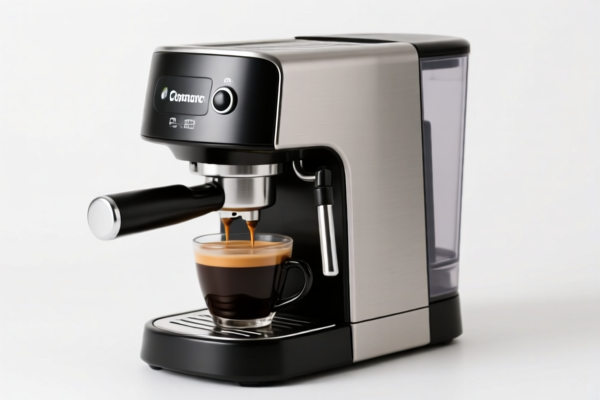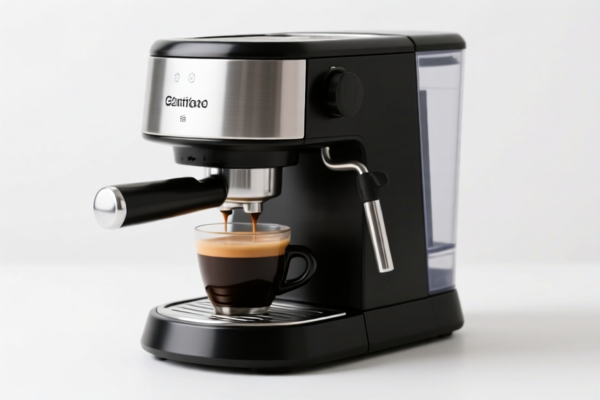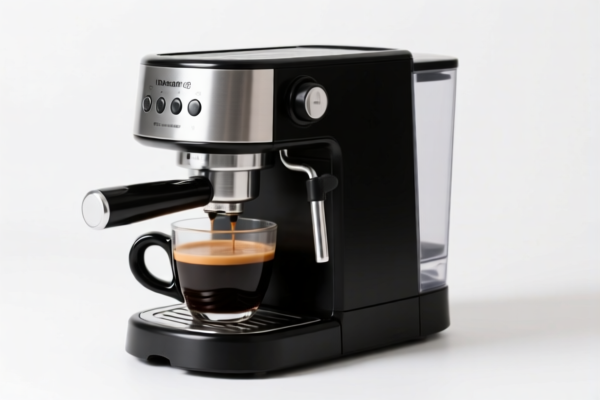| HS Code | Official Doc | Tariff Rate | Origin | Destination | Effective Date |
|---|---|---|---|---|---|
| 8205513030 | Doc | 58.7% | CN | US | 2025-05-12 |
| 8205598000 | Doc | 58.7% | CN | US | 2025-05-12 |
| 8206000000 | Doc | The rate of duty applicable to that article in the set subject t+30.0% | CN | US | 2025-05-12 |
| 8204110060 | Doc | 64.0% | CN | US | 2025-05-12 |
| 8204110030 | Doc | 64.0% | CN | US | 2025-05-12 |
| 8424899000 | Doc | 56.8% | CN | US | 2025-05-12 |
| 8424891000 | Doc | 55.0% | CN | US | 2025-05-12 |
| 7326908688 | Doc | 82.9% | CN | US | 2025-05-12 |
| 7326903500 | Doc | 87.8% | CN | US | 2025-05-12 |
| 7323997000 | Doc | 60.3% | CN | US | 2025-05-12 |
| 7323999030 | Doc | 83.4% | CN | US | 2025-05-12 |
| 3926301000 | Doc | 44.0% | CN | US | 2025-05-12 |




Coffee Tamper Set
A coffee tamper set is a tool used in the preparation of espresso to compress the coffee grounds within the portafilter. This process, known as tamping, creates a consistent, even puck of coffee which is essential for proper espresso extraction. Sets typically include multiple tampers and accessories to cater to different portafilter sizes and user preferences.
Material
- Stainless Steel: The most common material, known for its durability, resistance to corrosion, and ease of cleaning. Often used for the tamper head itself.
- Aluminum: Lighter and less expensive than stainless steel, but also less durable. May be used for the handle or base.
- Wood: Often used for the handle, providing a comfortable grip and aesthetic appeal. Common wood types include rosewood, ebony, and pakkawood.
- Plastic: Found in some lower-cost sets, primarily for handles. Less common due to durability concerns.
- Brass: Occasionally used for the tamper head, offering a unique look and feel.
Purpose
The primary purpose of a coffee tamper set is to:
- Create a Consistent Puck: Even compression ensures water flows evenly through the coffee grounds.
- Improve Extraction: Proper tamping leads to a more balanced and flavorful espresso shot.
- Prevent Channeling: Channeling occurs when water finds paths of least resistance through the coffee puck, resulting in uneven extraction. Tamping minimizes this.
Function
A tamper functions by applying downward pressure to the coffee grounds. Key functional aspects include:
- Flat Base: Ensures even distribution of pressure.
- Diameter: Must match the portafilter basket diameter for a proper seal.
- Weight: Heavier tampers generally require less user force, though excessive weight isn't necessarily beneficial.
- Handle Ergonomics: A comfortable handle allows for consistent pressure application.
Usage Scenarios
- Home Espresso Machines: The most common application.
- Commercial Cafes: Used by baristas for high-volume espresso production.
- Espresso Enthusiasts: Individuals who prioritize the quality and consistency of their espresso.
Common Types
- Calibrated Tampers: Feature a mechanism to ensure consistent tamping pressure. Often have adjustable pressure settings.
- Bottomless Tampers: Designed for use with bottomless portafilters, allowing visual inspection of the tamping process.
- Distributor/Leveling Tools: Often included in sets, these tools evenly distribute coffee grounds within the portafilter before tamping.
- 58mm Tampers: The most common size, fitting the majority of espresso machine portafilters. Other sizes (53mm, 51mm, etc.) are available for specific machines.
- Tamping Mats: Provide a stable surface for tamping and protect countertops.
- Tamping Stands: Hold the tamper and portafilter for convenient tamping.
Based on the material, use, and application scenarios, a coffee tamper set typically consists of a handle and a tamper head used to compress coffee grounds in an espresso machine portafilter. The set may include multiple tamper heads of different sizes.
Here are the relevant HS codes from the provided reference material:
-
8205513030: This HS code covers handtools (including glass cutters) and parts thereof, specifically household tools of iron or steel, kitchen and table implements. A coffee tamper, being a kitchen implement made of iron or steel, could fall under this classification.
- 82: Chapter 82 – Tools, implements, cutlery, hand tools, and articles thereof.
- 05: Heading 8205 – Handtools (including glass cutters) and parts thereof.
- 51: Subheading 8205.51 – Household tools.
- 30: Further breakdown specifying kitchen and table implements.
-
8205598000: This HS code covers other handtools (including glass cutters) and parts thereof, other than those specifically mentioned elsewhere. If the coffee tamper set doesn't fit neatly into the more specific categories, this could be applicable.
- 82: Chapter 82 – Tools, implements, cutlery, hand tools, and articles thereof.
- 05: Heading 8205 – Handtools (including glass cutters) and parts thereof.
- 59: Subheading 8205.59 – Other handtools.
- 80: Further breakdown specifying other handtools.
-
7326908688: This HS code covers other articles of iron or steel, specifically other, other, other, other. Depending on the specific composition and design of the tamper set, it might be classified under this broader category.
- 73: Chapter 73 – Articles of iron or steel.
- 26: Heading 7326 – Other articles of iron or steel.
- 90: Subheading 7326.90 – Other.
- 86: Further breakdown specifying other.
- 88: Further breakdown specifying other.
Regarding HS code 7326908688, please note the 25% additional tariff on steel and aluminum products.
Customer Reviews
I needed to know the tariff rate for exporting plastic doors, and this page gave me the exact percentage and context. Perfect!
It's a bit technical, but the HS code information is accurate and well-explained. I'm glad I found this resource.
The information on trade regulations for exporting to the US was well-structured. I'll definitely refer back to this.
This page saved me time. The HS code and tariff details were exactly what I needed for my customs paperwork.
I was looking for HS code details for plastic doors, and this page provided all the specifics I needed. Super helpful!